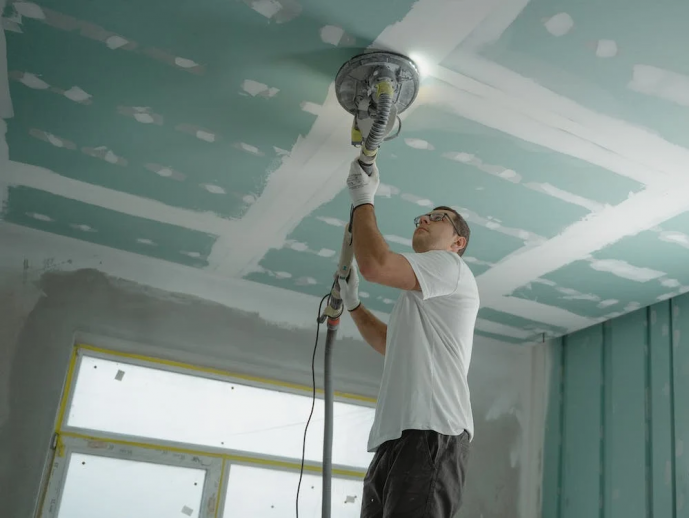Categories more
- Adventures (17)
- Arts / Collectables (15)
- Automotive (37)
- Aviation (11)
- Bath, Body, & Health (77)
- Children (6)
- Cigars / Spirits (32)
- Cuisine (16)
- Design/Architecture (22)
- Electronics (13)
- Entertainment (4)
- Event Planning (5)
- Fashion (46)
- Finance (9)
- Gifts / Misc (6)
- Home Decor (45)
- Jewelry (41)
- Pets (3)
- Philanthropy (1)
- Real Estate (16)
- Services (23)
- Sports / Golf (14)
- Vacation / Travel (60)
- Watches / Pens (15)
- Wines / Vines (24)
- Yachting / Boating (17)
3 Things To Inspect Before Moving Into A New Home
Published
01/15/2024Moving into a new home for the first time is a huge step. And since people spend an average of 7-10 years in a new home before moving, you can expect to remain in your house for a while. So, it makes sense to take extra care to ensure that you’re moving into a safe place with no defects that might risk your health and comfort. Some home sellers may intentionally try to hide some flaws, so it’s your job to do some due diligence and get a thorough inspection before you move in. It’s important to look out for signs of damages, as these could demand expensive repairs or renovations down the line. Here are three important things to inspect before moving into a new home.
1. Check for sagging ceilings
A sagging ceiling is when a portion of an interior wall begins to droop, creating cracks and gaps that make the room or space look overused and tired. Sagging ceilings are relatively easy to identify as their most noticeable signs are dips or sags in the ceiling. In most cases, you can easily see these signs from the floor, but some cases may require closer inspection. You may also notice gaps between the walls and ceiling and several cracks in the latter.
Before you move in, shine a torch across the ceilings in the house and check for a ‘parachute effect,’ as that could be a sign of sagging. Remember that sagging ceilings only get worse with time and can eventually cave in, causing expensive damages.
2. Watch out for pests and rodents
The last thing you want to see is a rodent or bug crawling out from nowhere in your new home. Any sign of pests and rodents in a home is a no-no. The presence of these uninvited guests can make your new house an uncomfortable and unhealthy place to live. Rodents, especially, can cause structural damage when they chew through walls and electrical wirings. They can also contaminate food and spread different types of diseases. If left unchecked, rodent and pest infestation can spiral out of control. That’s why it’s important to inspect your home for tell-tale signs of their presence. The main signs to look out for are droppings, foul odor, nesting, grease tracks and marks, and unusual noises. Once you notice any of these, don’t hesitate to call a professional exterminator to identify all their hideouts and eliminate them.
3. Look for bad wiring jobs
Imagine plugging in an electrical appliance for the first time in your new home and noticing a spark in the power outlet. That is a major sign of faulty wiring and a huge safety risk. You may not be an experienced electrician, but you can ensure that your new home is wired correctly and safely by demanding or asking for an electrical installation certificate. This important document will prove that the electrical work meets applicable building regulations. If the electrician responsible for wiring the building is not available, you can hire another expert (a certified electrician) to reexamine the house before you move in.
















